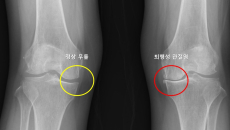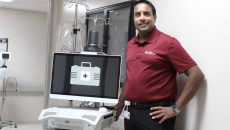Search
Real-time decision support demands an IT network that can handle the volume and velocity of clinical data, while maintaining trust and reliability so clinicians can act on AI recommendations.
It also comes with a strategy and architecture plan to enhance national digital health interoperability.
Also, Te Whatu Ora Health New Zealand has started implementing a new mobile emergency response module.
The digital tool calculates dosing based on body composition.
New collaborations with big tech and upcoming AI-based applications for public health took centre stage.
Also, the South Korean government is exploring developing a new AI model to predict the efficacy of traditional Korean medicines.
The model has demonstrated high accuracy in identifying causes and predicting the progression of brain and spinal cord infections.
Developed with input from experts at 17 organizations, the open-source blueprint aims to establish a common set of expectations for what moves a healthcare organization from artificial intelligence experimentation to real-world integration.
Dr Kun-Ju Lin, deputy information security chief at Chang Gung Memorial Hospital, Linkou in Taiwan, will share real-world execution of their digital transformation strategies at HIMSS25 APAC.
Success Stories & ROI
The 51-hospital health system improved patient throughput in the ED for behavioral health patients, reduced door-to-needle times for stroke patients, and enabled rural hospitals to retain more patients through increased specialist access.












